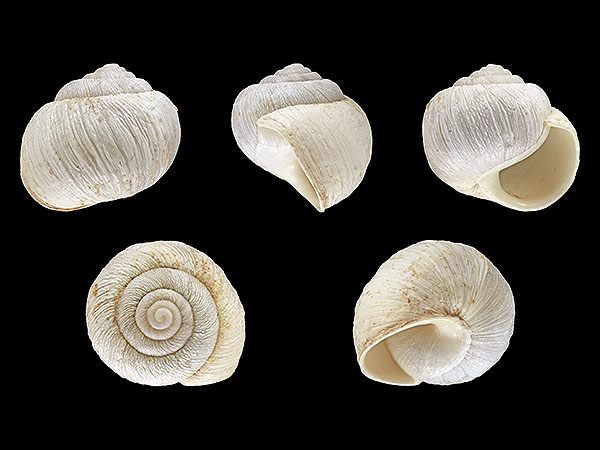The Garachico Snail was described in 1878; it is only known only from some specimens that were collected in 1861 from around Garachico, a city in northern Tenerife, Canary Islands.
“In its general size and hue, as well as in the proportion of its umbilicus, the P. garachicoensis has also, at first sight, a little in common with the P. Bertholdiana, Pfeiff., from the Cape Verdes. It is, however, more flattened and discoidal than that species (or less lenticular), its surface is more strongly and roughly sculptured, and, although the spire is much depressed, its volutions are nevertheless more tumid, – the basal one moreover being quite free from the slightest trace of a keel.” [1]
The habitat in the original locality has drastically changed since the 19th century and the species has not been recorded since its description and might well be extinct.
*********************
References:
[1] T. Vernon Wollaston: Testacea Atlantica: or the Land and Freshwater Shells of the Azores, Madeiras, Salvages, Canaries, Cape Verdes, and Saint Helena. London: L. Reeve & Co. 1878
[2] David T. Holyoak; Geraldine A. Holyoak; Yurena Yanes; Maria R. Alonso; Miguel Ibáñez: Taxonomic revision, habitats and biogeography of the land snail family Discidae (Gastropoda: Pulmonata) in the Canary Islands. Journal of Conchology 40(6): 583-603. 2011
*********************
edited: 12.05.2022

